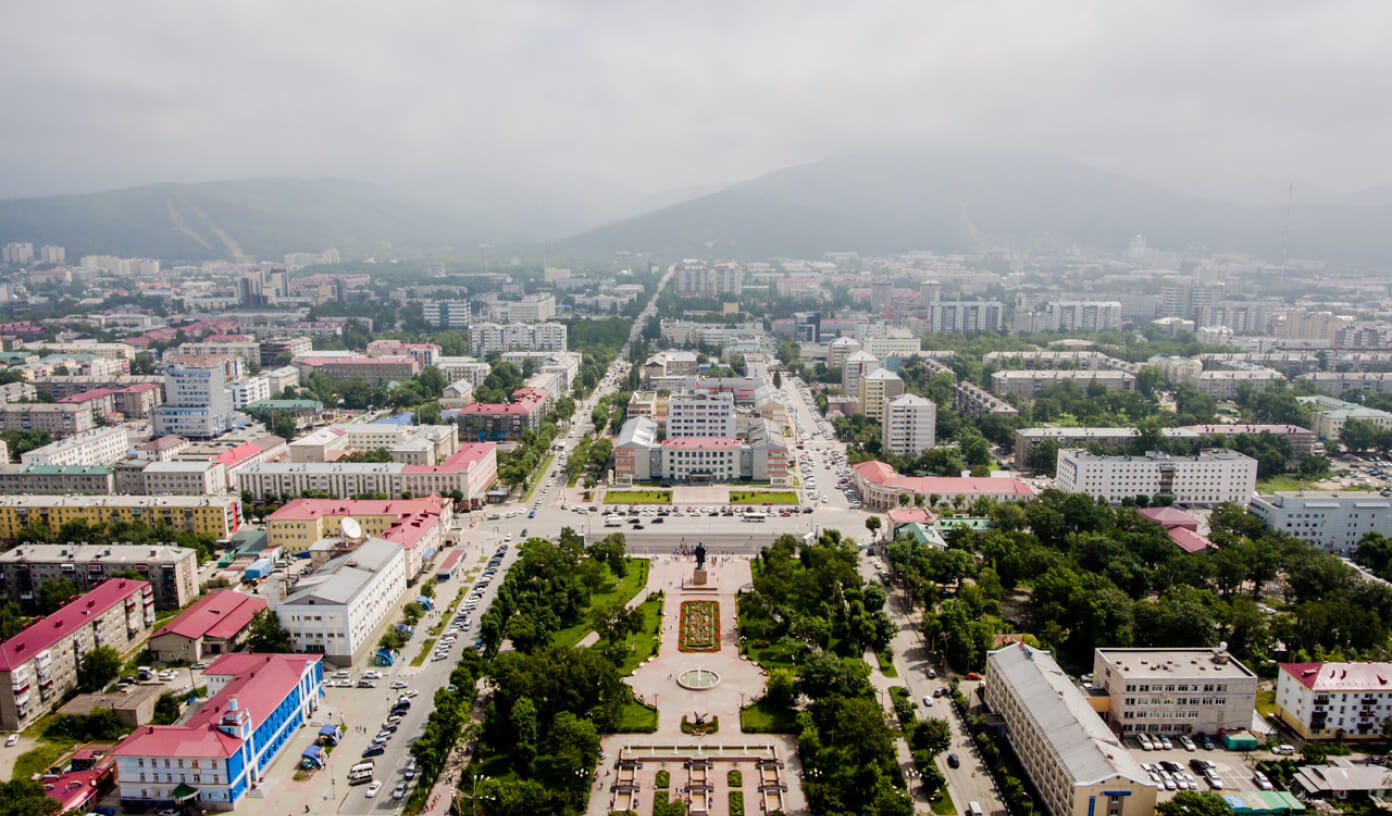09.09.2022
MSU scientists show how climate change has affected human health over the past 40 years
According to the study, global warming has made the climate in the Far East and the north of European Russia more comfortable.
 Photo by: Wikimedia Commons
Photo by: Wikimedia Commons
Geographers at Moscow State University have created the NETCID database showing how climate change in Northern Eurasia over the past 40 years has affected people’s health and well-being. This was reported by TASS, citing the press service of Moscow State University’s Geography Department.
As Pavel Konstantinov, Associate Professor of the MSU Faculty of Geography, said, the work on the project took three years and required thousands of hours of machine time. The range of climate information being studied covers the period from 1979 to 2018.
“With our brand new database, you can find out what it was like for you or your parents at the May Day demonstration in Leningrad in 1985. Was it hot for spectators at the 1998 France-Brazil World Cup final? Were the spectators of the first Soviet rock festival on 12-13 August 1989 freezing? And so on.
The climate is changing. By analyzing large amounts of meteorological data, we were able to answer an important question: where in the Russian Federation one becomes more uncomfortable, and where — on the contrary,” the agency quotes the scientist.
The NETCID database is in the public domain. It looks like this: a map of Northern Eurasia is divided into sections of 80 by 50 kilometres. They show how the climate is changing, as estimated by geographers. In their research, they took into account dangerous climate events such as heat waves in the European part of Russia in 2010 or in European countries seven years earlier.
According to the analysis, the number of comfortable summer days increased in the north of the Far East, Sakhalin and the north of European Russia due to global warming.
The distribution of areas with a mild climate turned out to be rather mosaic and tied to topography and landscape features, due to the peculiarities of atmospheric circulation.
In the near future, scientists from the Geography Department of Moscow State University and other research institutes plan to create an additional database and use it to predict temperature comfort zones in Northern Eurasia by the middle of this century. The information will be posted in the public domain.
Earlier, European scientists identified temperature anomalies as a powerful factor increasing the chance of dying from complications of heart and vascular diseases. The results of a large-scale study showed that during extreme heat, the risk of death from a stroke or heart attack increases by 30%, while in freezing weather the chance of dying from ischaemia becomes 19% higher.
Cover photo: Gagarin City Park — Yuzhno-Sakhalinsk / Vkontakte


























Comments